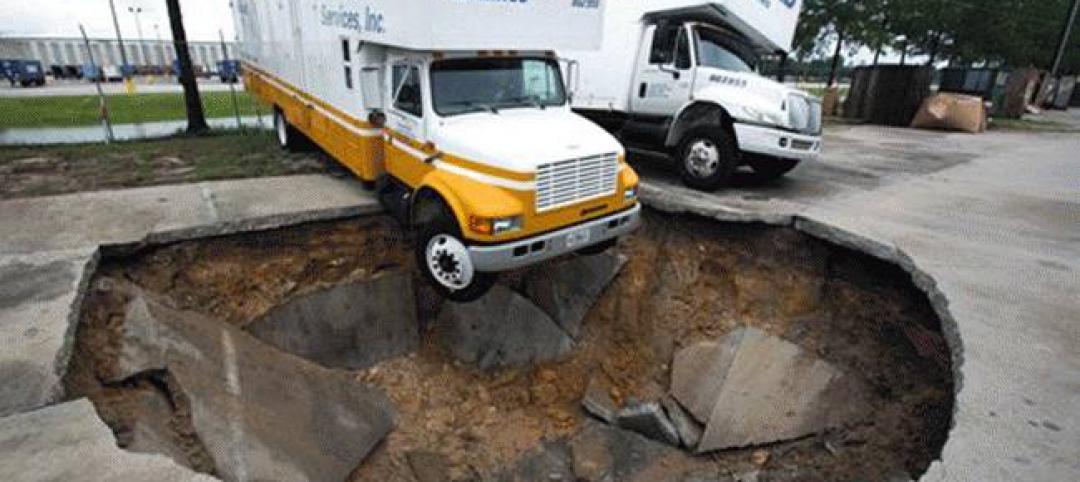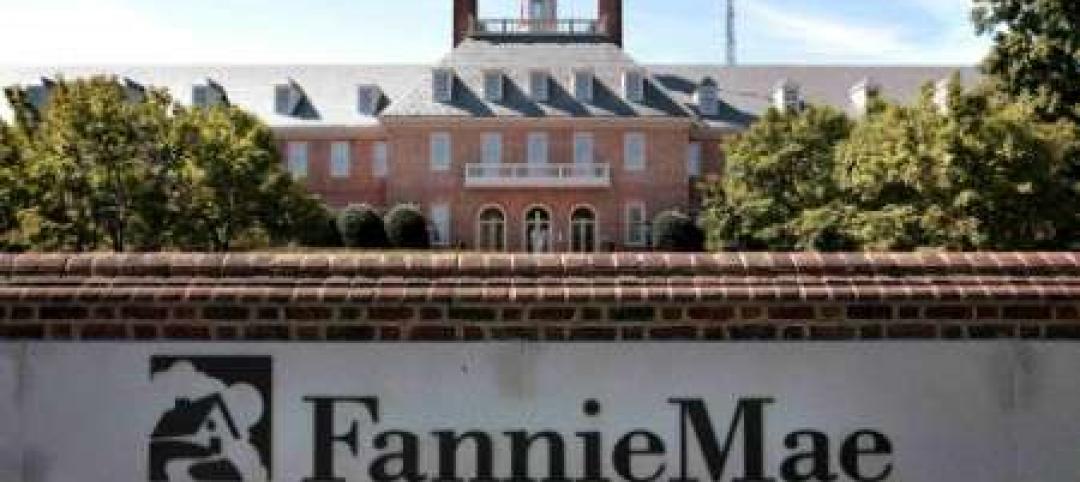Clients and architects disagree on how well building to code provides resilience, according to a recent report by the American Institute of Architects (AIA) in partnership with Owens Corning.
Resiliency in the Built Environment assesses the current state and best practices for increasing resiliency and sustainability in design and construction. Clients believe building to code is sufficient to ensure resilience, but architects disagree with that notion, the report says. It’s not surprising then, that few projects and properties are reported as being built beyond code.
The report also provides insights into how to best improve resiliency and sustainability from design through construction with input from three key audiences: architects, general contractors, and clients, including owners and developers. One key finding: “Stronger building codes and standards will drive resiliency, but so will making the business case to clients.”
The report’s areas of focus include:
- The role of building codes, clients’ expectations, and specification requirements that drive resiliency in design.
- How is resiliency reinforced through practices like material replacement strategy and resilient design strategies?
- Where are the biggest gaps in expertise about resiliency in construction, and how can they be filled?
- How do long-term and short-term incentives determine the level of resiliency for a given project?
- How is resiliency considered when selecting building products and materials?
- Which hazards and risks are most commonly taken into account in design?
The report is available for free at the AIA website.
Related Stories
| Aug 28, 2013
OSHA moves to reduced exposure to crystalline silica
Under a proposal from the Occupational Safety and Health Administration, the new permissible exposure limit to crystalline silica per cubic meter of air could be changed from 250 micrograms to 50 micrograms.
| Aug 28, 2013
IPMSC chooses members of committee for global property measurement standard
The International Property Measurement Standards Coalition (IPMSC) has selected 19 real estate experts from around the world to join its Standards Setting Committee to develop a global standard for measuring property.
| Aug 20, 2013
Code amendment in Dallas would limit building exterior reflectivity
The Dallas City Council is expected to vote soon on a proposed code amendment that would limit a building’s exterior reflectivity of “visible light” to 15%.
| Aug 20, 2013
Developers of Hollywood skyscraper will dig to see if earthquake fault is on site
New York-based Millennium Partners have agreed to dig a trench on a Hollywood, Calif., property to help determine whether an earthquake fault runs under it.
| Aug 20, 2013
Chinese-made resilient flooring products achieve FloorScore Indoor Air Quality certification
Five of China's leading manufacturers of resilient flooring recently received FloorScore Indoor Air Quality certification from SCS Global Services for their luxury vinyl tile (LVT) products.
| Aug 20, 2013
Florida to get $1 million federal grant to study sinkhole vulnerability
The Florida Geological Survey and the state’s emergency department will receive a $1.08 million federal grant to study sinkhole vulnerability.
| Aug 20, 2013
L.A. City Council approves plan for new $1 billion Watts development
Los Angeles city officials have voted to revitalize a notorious Watts housing project with shops, town homes, and green spaces.
| Aug 19, 2013
Baltimore City Council committee OKs taxpayer assistance for $1.8 billion Harbor Point mixed-use project
A Baltimore City Council committee approved a plan to give millions in taxpayer assistance to the $1.8 billion Harbor Point development.
| Aug 19, 2013
Philadelphia to enforce building energy benchmarking in October
The City of Philadelphia has begun to send out compliance notices regarding its Building Energy Benchmarking Law.
| Aug 19, 2013
Eliminating Fannie Mae, Freddie Mac part of Obama’s housing proposal
President Barack Obama this month outlined a series of policies he said would continue to boost the housing market, including a long-ignored legislative proposal that would allow more Americans to refinance at current low mortgage rates.













